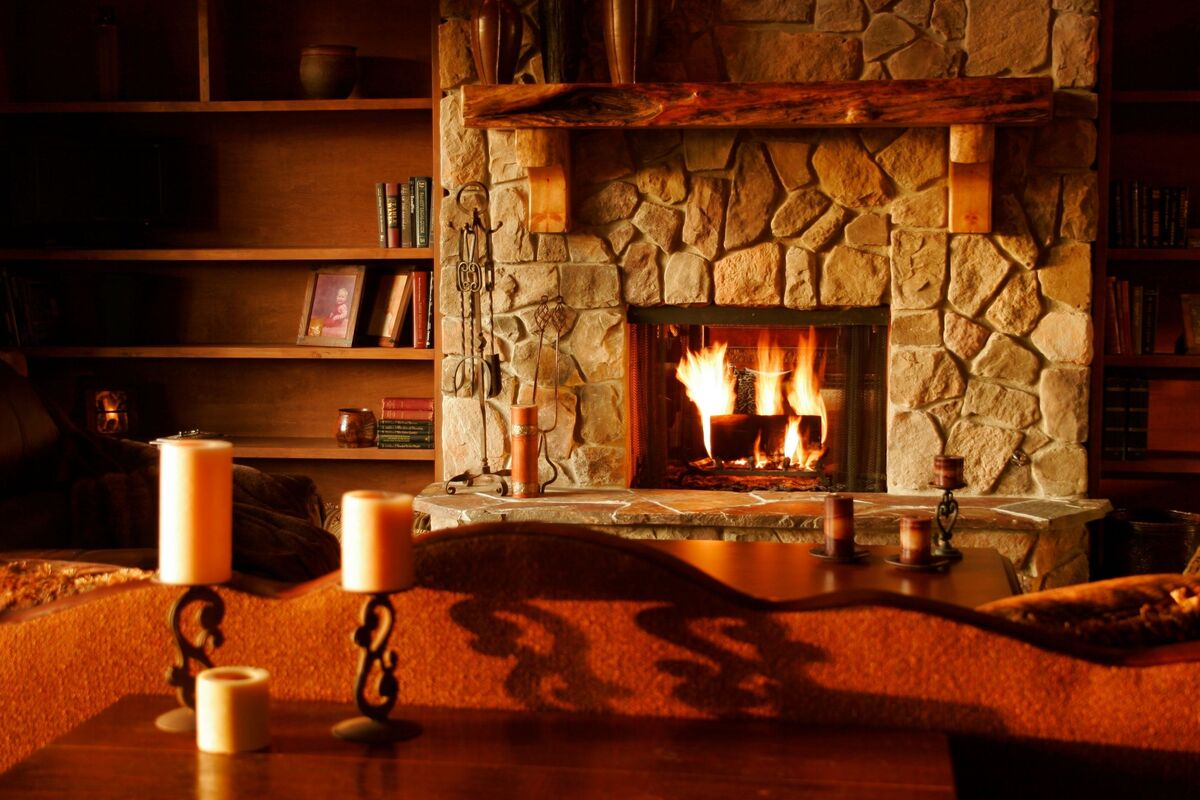

Articles
How To Get Rid Of Fireplace Smell In House
Modified: February 24, 2024
Learn effective methods and tips from our articles to eliminate the unpleasant fireplace smell in your house. Say goodbye to lingering odors and enjoy a fresh, clean home.
(Many of the links in this article redirect to a specific reviewed product. Your purchase of these products through affiliate links helps to generate commission for Storables.com, at no extra cost. Learn more)
Introduction
Having a cozy fireplace in your home is a wonderful luxury during the colder months. It creates a warm and inviting atmosphere, perfect for relaxing or gathering with loved ones. However, one common issue that many homeowners face is the lingering smell of a fireplace in their house. This unpleasant odor can be quite overpowering and may spread throughout your living space, affecting the overall air quality of your home.
Understanding the causes of fireplace smell is crucial in finding effective solutions to eliminate it. Various factors contribute to the odor, including the buildup of soot, creosote, and ash, as well as the accumulation of moisture and the presence of smoke residue. Additionally, the materials used for fuel, such as wood or pellets, can also impact the smell.
In this article, we will explore different methods to get rid of fireplace smell in your house, ensuring a fresh and pleasant indoor environment. By following the recommendations and safety measures provided, you can effectively address the issue and enjoy your fireplace without any lingering odors.
Key Takeaways:
- Regular cleaning, proper ventilation, and using natural odor absorbers are key to eliminating fireplace smells and maintaining a fresh indoor environment.
- Implementing safety measures, professional cleaning services, and alternative fuel sources can help minimize lingering odors and enhance the enjoyment of your fireplace.
Read more: How To Get Rid Of Crawl Space Smell In House
Causes of Fireplace Smell
The smell from a fireplace can originate from various sources. Understanding the underlying causes can help you tackle the issue more effectively. Here are some common factors that contribute to the unpleasant odor:
- Soot and Creosote: Soot and creosote are by-products of burning wood or other fuel sources in your fireplace. Over time, these substances can build up on the interior walls of your chimney. When the fireplace is not in use, the warm and humid conditions can cause these deposits to emit a distinct odor.
- Ash and Residue: If you don’t clean the fireplace regularly, ash and residue from burned materials can accumulate and create a foul smell. These particles can settle on the grate, inside the firebox, or even on the surrounding surfaces.
- Moisture and Mildew: Moisture can infiltrate your chimney, especially during periods of rain or snow. If not properly vented, this moisture can mix with the soot and creosote, creating a damp environment that promotes the growth of mildew or mold. These microorganisms can cause a musty odor.
- Smoke Residue: Incomplete combustion can lead to the production of smoke, which can leave behind a residue on your fireplace and chimney. This residue can release an unpleasant smell when the fireplace is not in use.
- Fuel Selection: The type of fuel you use in your fireplace can influence the smell. Different wood types, such as pine or cedar, can produce more potent scents than hardwoods like oak or maple. Additionally, using artificial fire logs or treated wood may contribute to an undesirable odor.
By identifying these causes, you can take the necessary steps to address them and effectively eliminate the smell. In the following sections, we will discuss precautions, cleaning techniques, and tips to remove fireplace smell and create a fresh and enjoyable living space.
Precautions and Safety Measures
Before attempting to address the smell coming from your fireplace, it is crucial to prioritize safety. Here are some precautions and safety measures you should keep in mind:
- Ensure Proper Ventilation: Always make sure your home is well-ventilated while using the fireplace. Open windows or use exhaust fans to allow fresh air to circulate and prevent the buildup of smoke and odors inside.
- Inspect and Clean Regularly: Schedule regular inspections and cleanings of your fireplace and chimney by a professional chimney sweep. This will help remove any creosote, soot, or debris buildup, reducing the chances of odor occurrence. Professionals will also check for any structural issues or blockages that might be contributing to the smell.
- Use Proper Fuel: Choose dry, seasoned firewood for optimal burning and minimal smoke production. Avoid using treated wood, painted wood, or artificial fire logs, as they can release noxious gases and contribute to a persistent odor.
- Keep Firebox Clean: Regularly remove ash and debris from the firebox using a fireplace shovel or vacuum specifically designed for fireplace use. Keeping the firebox clean will prevent the accumulation of ash and unpleasant odors.
- Use Proper Fire Starters: Avoid using flammable liquids or materials to start a fire in your fireplace. Instead, opt for natural fire-starting materials such as kindling, newspaper, or commercially available fire starters that are designed for this purpose.
- Install Carbon Monoxide Detector: Carbon monoxide is a toxic gas that can be produced by a malfunctioning fireplace. Install carbon monoxide detectors near your fireplace and throughout your home to ensure safety and early detection of any potential leaks.
By following these precautions and safety measures, you can minimize the risk of accidents, maintain a safe indoor environment, and prevent the occurrence of unpleasant odors. Now, let’s move on to the cleaning techniques and methods to eliminate fireplace smell effectively.
Cleaning the Fireplace
Regular cleaning of your fireplace is essential to maintain its functionality and prevent the buildup of odor-causing materials. Here’s a step-by-step guide on how to clean your fireplace:
- Gather the necessary tools: Before you begin cleaning, gather the tools you’ll need, including a fireplace shovel, stiff bristle brush, vacuum cleaner with a HEPA filter, dust mask, gloves, and a garbage bag or container.
- Remove ashes: Start by removing any loose ashes from the firebox using a fireplace shovel. Place the ashes in a metal container and dispose of them properly. Be sure to check that all embers are extinguished before discarding them.
- Sweep the firebox: Use a stiff bristle brush to sweep the interior walls, floor, and corners of the firebox to remove any remaining debris or soot. For stubborn residue, mix a mild detergent with warm water and scrub the affected areas gently.
- Vacuum the fireplace: Use a vacuum cleaner with a HEPA filter attachment to thoroughly clean the firebox, removing any fine particles and remaining debris. Pay close attention to the grates, vents, and corners, as these areas tend to accumulate ash and residue.
- Clean the glass doors or screens: If your fireplace has glass doors or screens, clean them using a mixture of warm water and vinegar or a specialized fireplace glass cleaner. Wipe them down using a soft cloth or sponge to remove any soot or residue.
- Dispose of the waste: Place all the debris, ash, and residue into a garbage bag or container, seal it tightly, and dispose of it properly. Avoid leaving the waste inside your home, as it can contribute to lingering odors.
Regular cleaning of your fireplace is essential to maintain a clean and odor-free environment. By following these steps, you can effectively remove accumulated debris and minimize the chances of unpleasant smells. In the next section, we will explore methods to remove smoke stains and residue to further improve your fireplace’s appearance and reduce odors.
Removing Smoke Stains and Residue
Smoke stains and residue can accumulate on the interior surfaces of your fireplace, leaving behind unsightly marks and contributing to the overall odor. Here are some methods you can use to remove smoke stains and residue:
- Baking Soda and Water Paste: Create a paste by mixing equal parts baking soda and water. Apply the paste to the stained areas of your fireplace using a soft cloth or sponge. Gently scrub the stained surfaces in a circular motion. Rinse the area with clean water and dry it thoroughly.
- Vinegar and Water Solution: Mix equal parts vinegar and water in a spray bottle. Spray the solution onto the stained surfaces and let it sit for a few minutes. Scrub the area using a soft brush or sponge, then rinse with clean water and dry thoroughly.
- Commercial Fireplace Cleaners: There are various commercially available fireplace cleaners specifically designed to remove smoke stains and residue. Follow the instructions on the product label for the best results. Be sure to wear gloves and work in a well-ventilated area when using chemical cleaners.
- Professional Cleaning: For stubborn smoke stains or extensive residue buildup, consider hiring a professional fireplace cleaning service. They have the expertise and specialized tools to thoroughly clean your fireplace and remove any stubborn stains or odor-causing residue.
Regular cleaning and stain removal will not only improve the appearance of your fireplace but also help eliminate any persistent odors. However, it’s important to note that some stains or discoloration may be permanent, especially if they have been deeply ingrained over time. In such cases, professional cleaning or restoration services may be necessary.
Now that you’ve addressed the smoke stains and residue, let’s move on to the next section to discover how to eliminate lingering odors and improve the overall air quality in your home.
To get rid of fireplace smell in the house, try placing a bowl of white vinegar near the fireplace to absorb the odor. You can also sprinkle baking soda on the carpet and upholstery to neutralize the smell.
Read more: How To Get Rid Of Mop Smell
Eliminating Lingering Odors
Lingering odors from your fireplace can negatively impact the air quality in your home and make it less enjoyable. Here are some methods to effectively eliminate those odors:
- Air out your home: Open windows and doors to let fresh air circulate throughout your home. This will help remove stagnant air and replace it with fresh air from outside.
- Use odor absorbers: Place bowls of activated charcoal, baking soda, or vinegar around the affected areas of your home. These natural odor absorbers can help neutralize and remove any lingering fireplace smells.
- Simmer natural ingredients: Simmer a pot of water on your stovetop with added ingredients like lemon slices, cinnamon sticks, or cloves. The steam and aroma released will help mask and eliminate odors in the surrounding area.
- Use air purifiers or ionizers: Install air purifiers or ionizers in your home to help filter and clean the air. These devices can help remove particles, allergens, and odors, improving the overall air quality.
- Clean carpets and upholstery: Smoke residue can settle into carpets, rugs, and upholstery, contributing to lingering odors. Regularly vacuum and steam clean these surfaces to remove any trapped particles and refresh the fabrics.
- Remove and wash fabric window treatments: If you have fabric window treatments near your fireplace, remove them and wash them according to the manufacturer’s instructions. This will help remove any smoke residue and eliminate associated odors.
- Professional duct cleaning: Over time, smoke and odors can be carried throughout your home via the air ducts. Consider hiring a professional duct cleaning service to remove any accumulated debris, soot, or odors from your ventilation system.
By implementing these methods, you can effectively eliminate lingering odors from your fireplace and improve the overall air quality in your home. Remember, a clean and fresh-smelling living space enhances your comfort and enjoyment.
In the next section, we will discuss the importance of ventilation and air circulation in minimizing fireplace smells and maintaining a pleasant indoor environment.
Ventilation and Air Circulation
Proper ventilation and air circulation play a crucial role in minimizing fireplace smells and maintaining a fresh indoor environment. Here are some strategies to enhance ventilation and improve air circulation:
- Open windows and doors: Whenever weather conditions permit, open windows and doors to allow fresh air to enter your home and stagnant air to escape. This will help remove any lingering odors and improve the overall air quality.
- Use ceiling fans or portable fans: Turn on ceiling fans or use portable fans to promote air movement and circulation in your home. This will help disperse any trapped odors and distribute fresher air throughout the space.
- Install a ventilation system: If your home lacks proper air circulation, consider installing a ventilation system. Mechanical ventilation systems, such as exhaust fans or air exchange units, can help remove stale air and bring in fresh air from outside.
- Clear obstructions: Ensure that air vents, registers, and exhaust fans are not obstructed by furniture, rugs, or other objects. Clearing these obstructions will allow for better airflow and ventilation.
- Regularly replace air filters: If your home has a forced air heating or cooling system, regularly replace the air filters. This will help ensure proper air circulation and prevent the circulation of odors and contaminants.
- Invest in an air purifier: Consider using an air purifier with a HEPA filter to help remove allergens, particles, and odors from the air. This can be especially beneficial if you or your family members have respiratory sensitivities.
By implementing these strategies, you can improve the overall ventilation and air circulation in your home, reducing fireplace smells and maintaining a fresh and pleasant indoor environment.
Now, let’s move on to additional tips for odor control, which will further help you keep your home smelling clean and inviting.
Additional Tips for Odor Control
In addition to the cleaning, ventilation, and air circulation methods discussed earlier, here are some additional tips to effectively control odors from your fireplace:
- Store firewood properly: If you use firewood as fuel, store it in a dry and well-ventilated area away from your home. Damp or wet firewood can contribute to mold growth and produce unpleasant smells when burned.
- Use scented candles or air fresheners: Use scented candles or air fresheners with natural or mild fragrances to mask any lingering odors. Choose scents that complement or neutralize the fireplace smell, such as citrus, lavender, or pine.
- Keep your chimney cap and damper in good condition: Regularly inspect and maintain your chimney cap and damper to ensure they are functioning properly. A well-sealed chimney prevents the entry of outside air, moisture, and associated odors.
- Keep pets away from the fireplace: Pets can be attracted to the warmth of a fireplace and may leave behind fur, dander, or odor-causing substances. Keep them away from the fireplace area to minimize odors and prevent any accidents.
- Clean your fireplace tools: Don’t forget to clean your fireplace tools, such as pokers and tongs, regularly. They can accumulate ash and residue, which can contribute to the overall odor in your home.
- Consider alternative fuel sources: If the smell from burning wood is a persistent issue, you may consider using alternative fuel sources, such as gas logs or electric fireplaces. These options produce less smoke and have minimal odor.
- Practice proper ash disposal: After cleaning your fireplace, make sure to dispose of the ash properly. Place it in a sealed metal container and keep it away from flammable materials until it can be safely discarded.
By following these additional tips, you can further enhance the control of odors from your fireplace and make your home a more pleasant and inviting space.
Now, let’s conclude with a summary of the information presented in this article.
Conclusion
Having a fireplace in your home can provide warmth, comfort, and a cozy ambiance. However, the lingering smell from a fireplace can diminish the overall enjoyment of this feature. Understanding the causes of fireplace smell and implementing effective solutions is crucial in maintaining a fresh and pleasant indoor environment.
In this article, we explored the various causes of fireplace smell, including soot and creosote buildup, ash and residue accumulation, moisture issues, smoke residue, and the type of fuel used. We also discussed important precautions and safety measures to ensure your well-being while dealing with fireplace odor.
Cleaning your fireplace regularly, removing smoke stains and residue, and eliminating lingering odors are essential steps to take. We provided step-by-step instructions on how to clean the fireplace, remove smoke stains, and effectively eliminate odors using natural ingredients, commercial cleaners, and professional services.
Improving ventilation and air circulation in your home is key to reducing fireplace smells. Opening windows, using fans, installing ventilation systems, and regularly replacing air filters will help maintain a fresh indoor environment. Additional tips for odor control, such as proper firewood storage, scented candles, and keeping pets away from the fireplace, were also discussed.
By following these recommendations, you can minimize fireplace smells and enjoy a clean and fresh-smelling living space. However, if you are unable to address the odor issue on your own, it is advisable to seek professional assistance to ensure proper cleaning and maintenance of your fireplace.
Remember, a well-maintained fireplace not only enhances the comfort of your home but also creates a welcoming atmosphere for you and your loved ones to gather and relax during the colder months.
So, take the necessary steps to eliminate fireplace smell and fully enjoy the beauty and warmth that your fireplace brings to your living space.
Frequently Asked Questions about How To Get Rid Of Fireplace Smell In House
Was this page helpful?
At Storables.com, we guarantee accurate and reliable information. Our content, validated by Expert Board Contributors, is crafted following stringent Editorial Policies. We're committed to providing you with well-researched, expert-backed insights for all your informational needs.
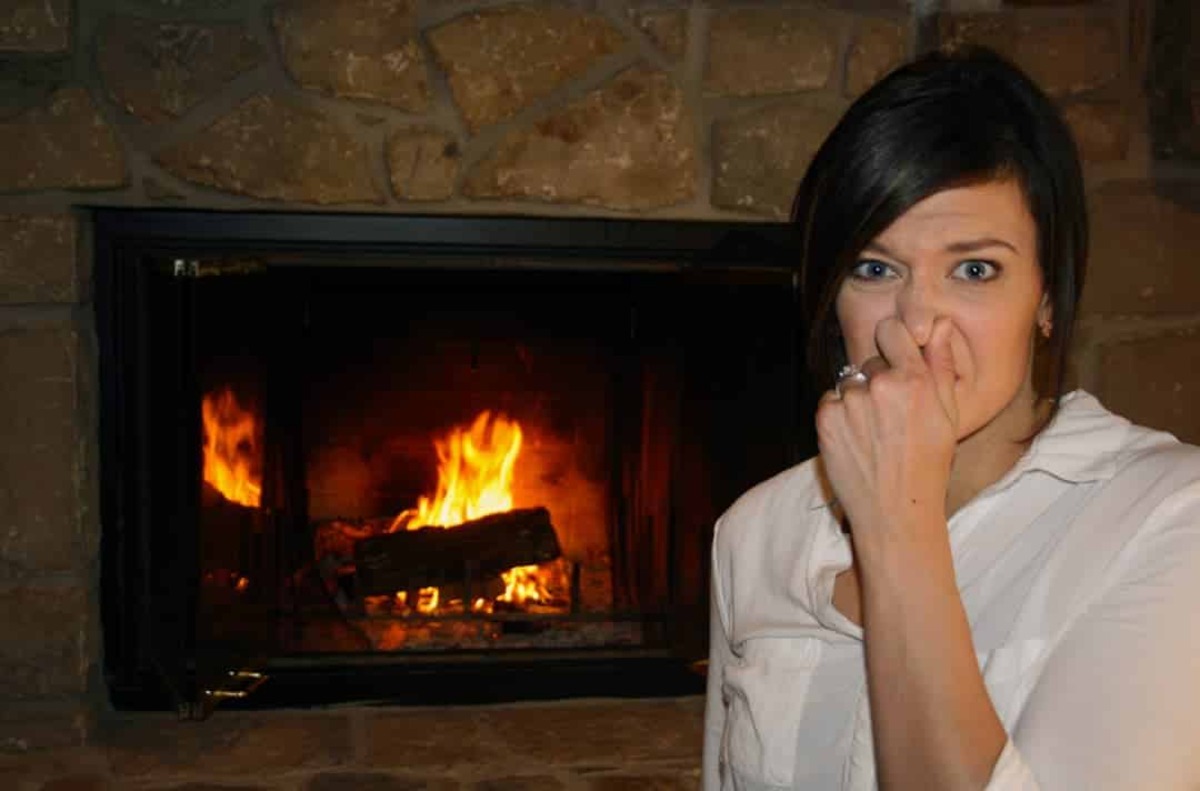
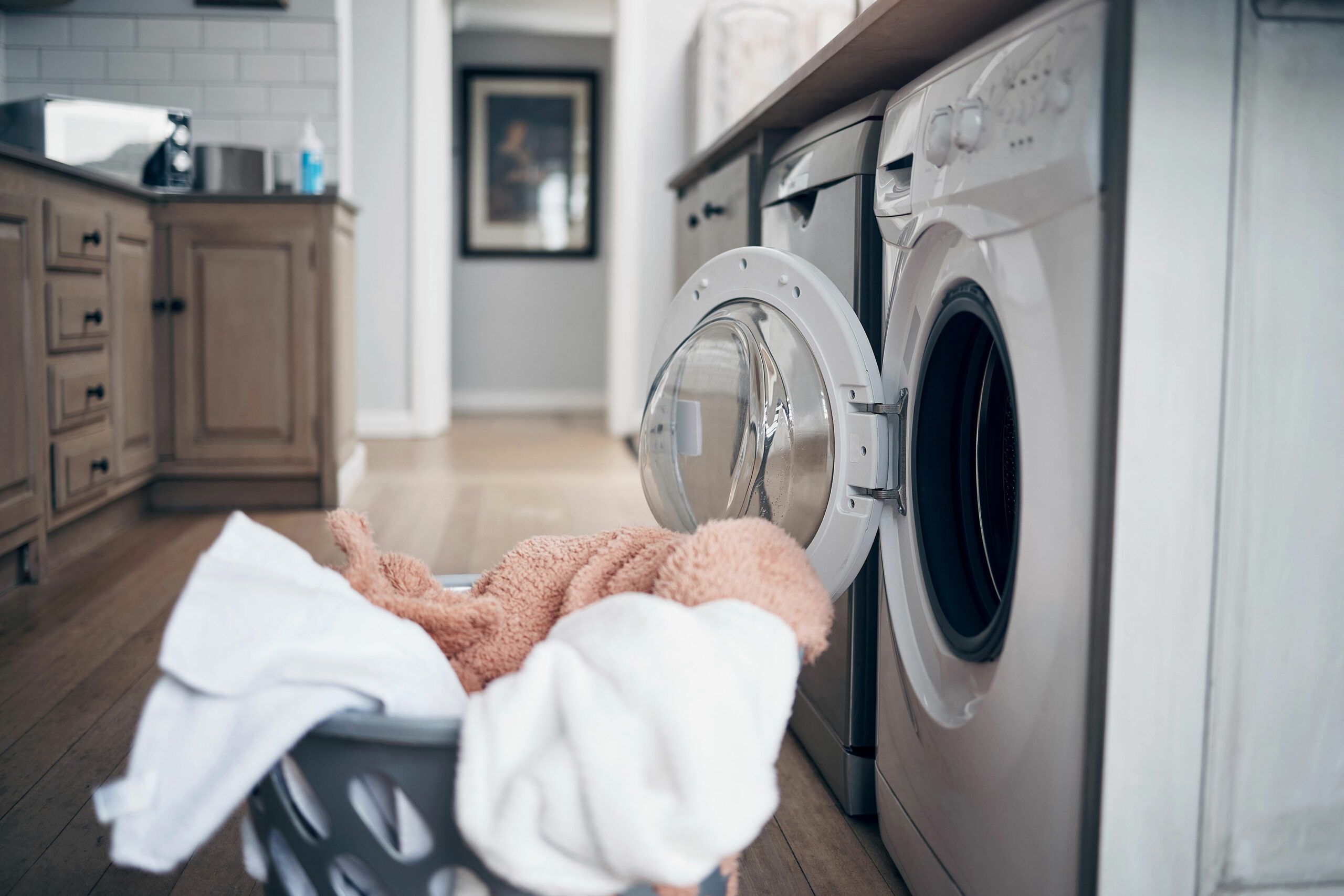
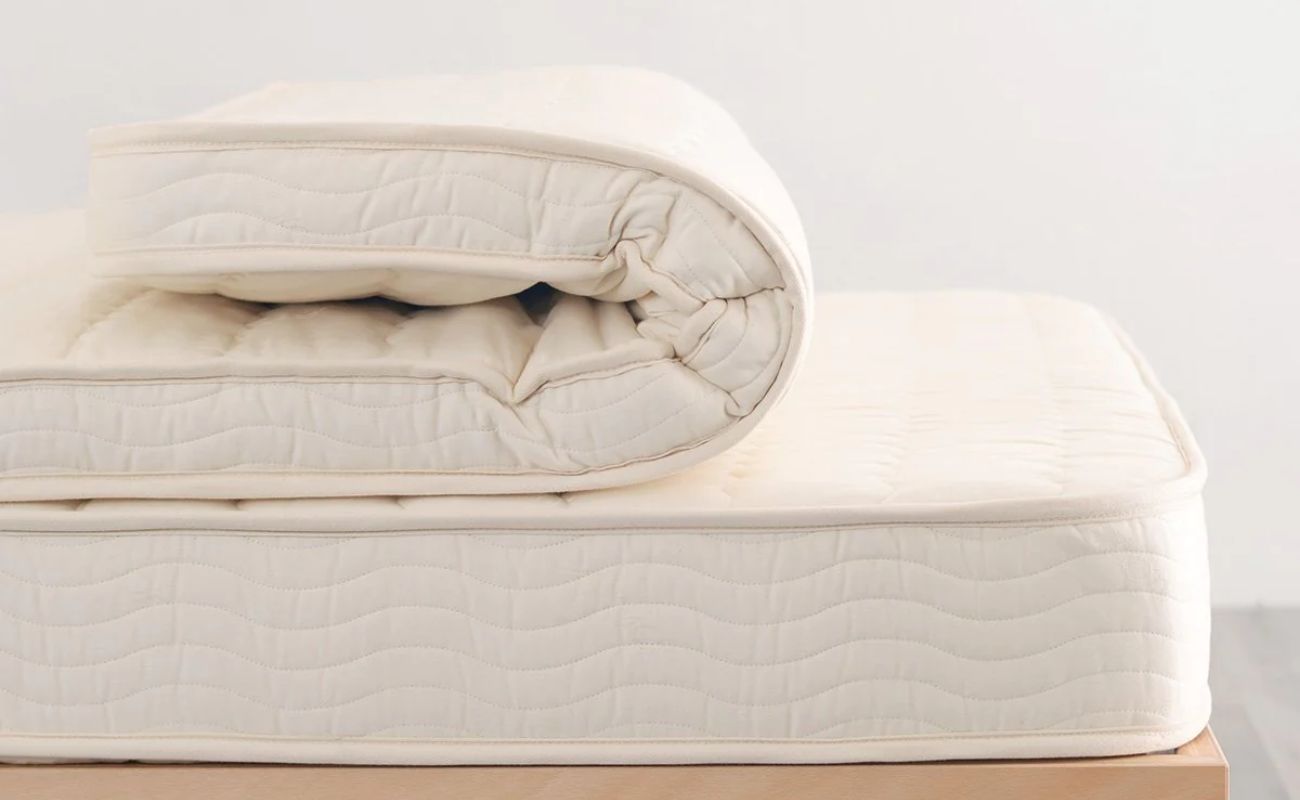
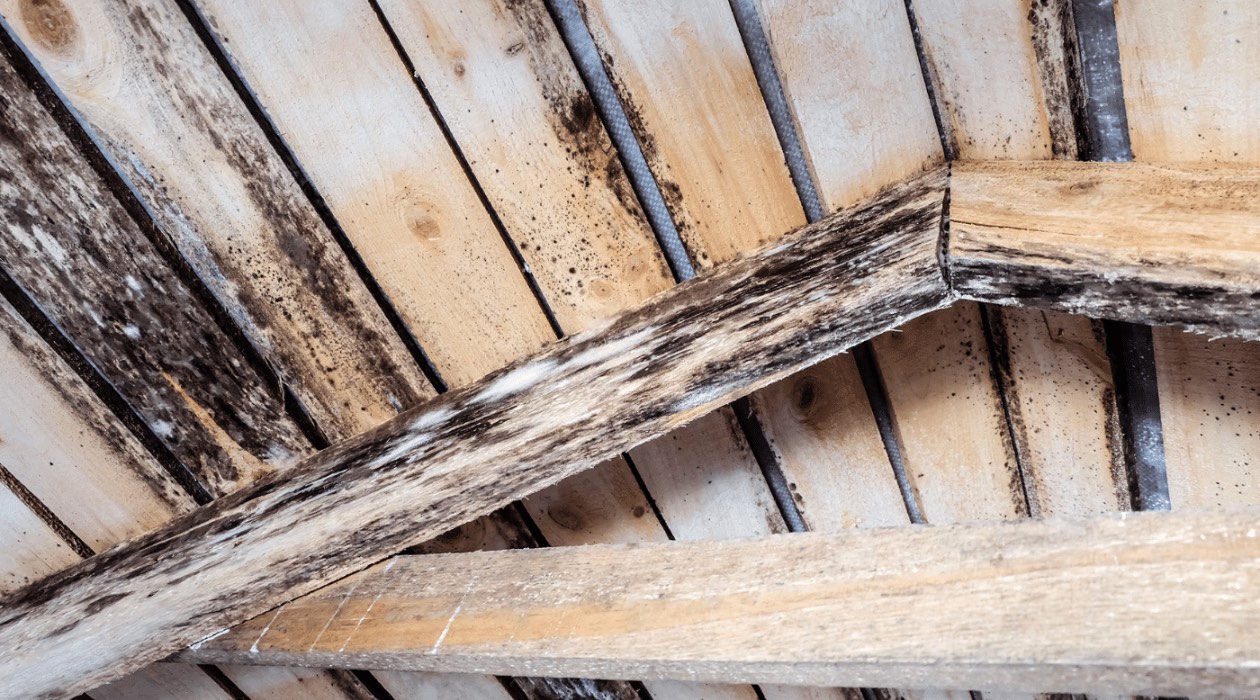
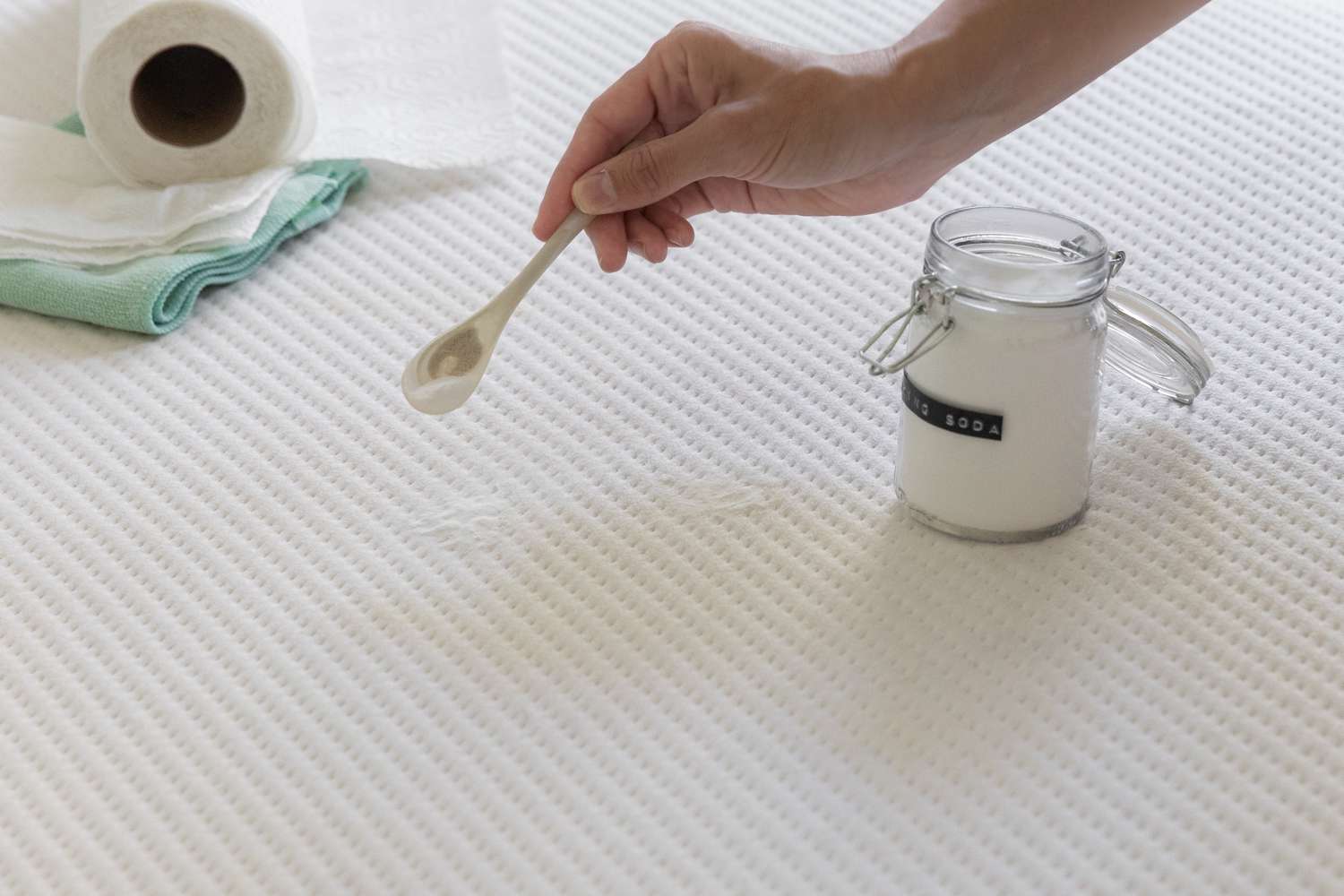


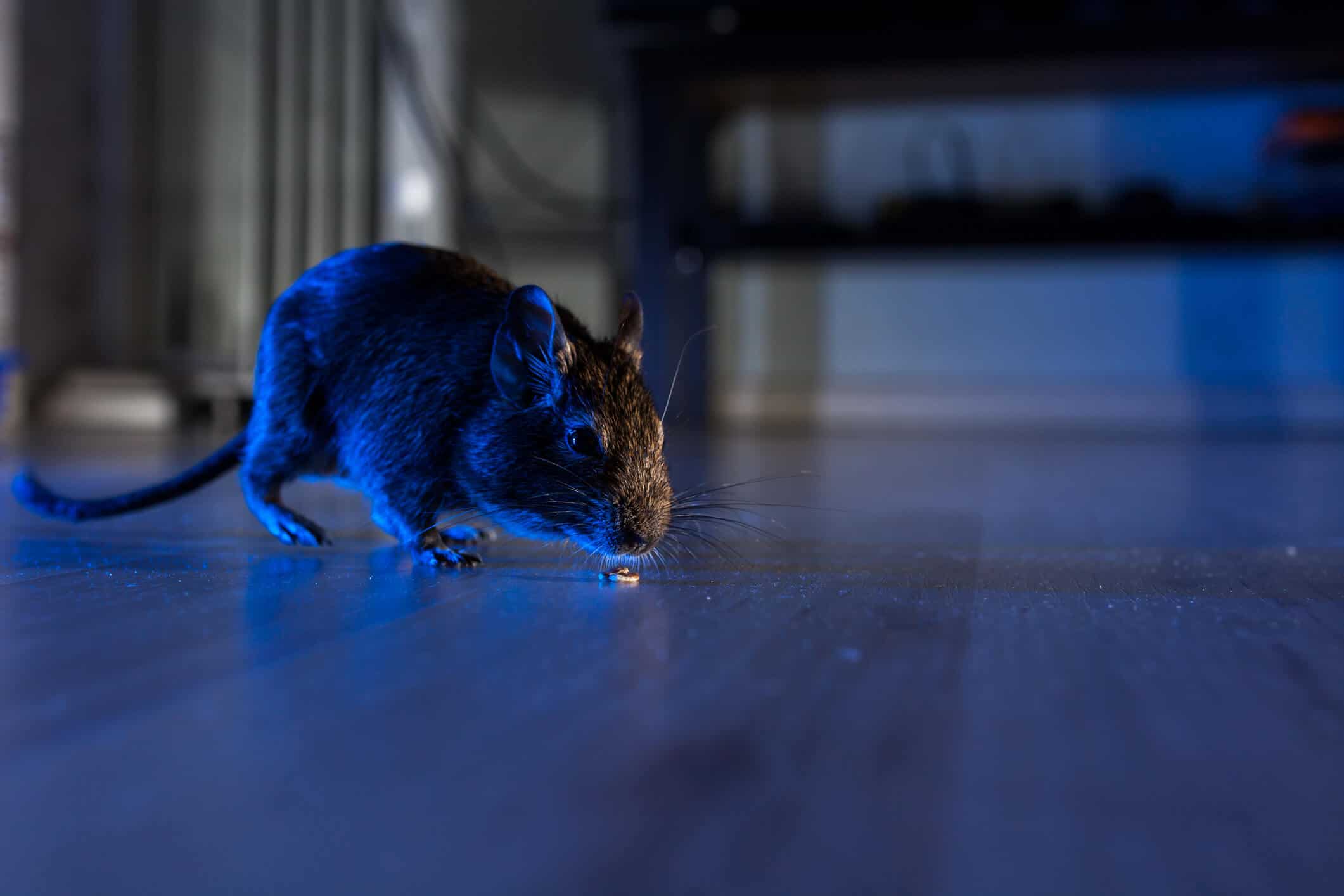

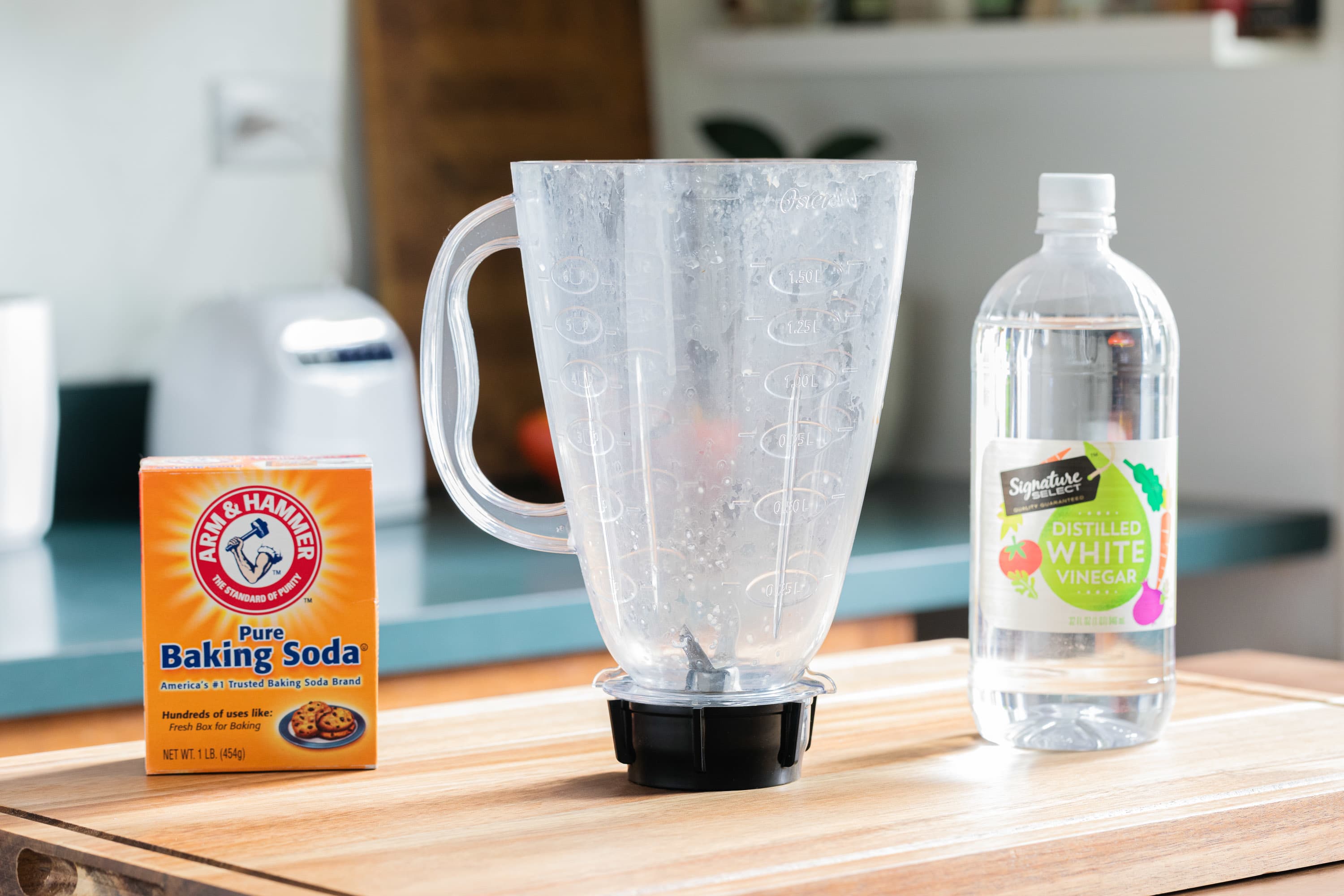


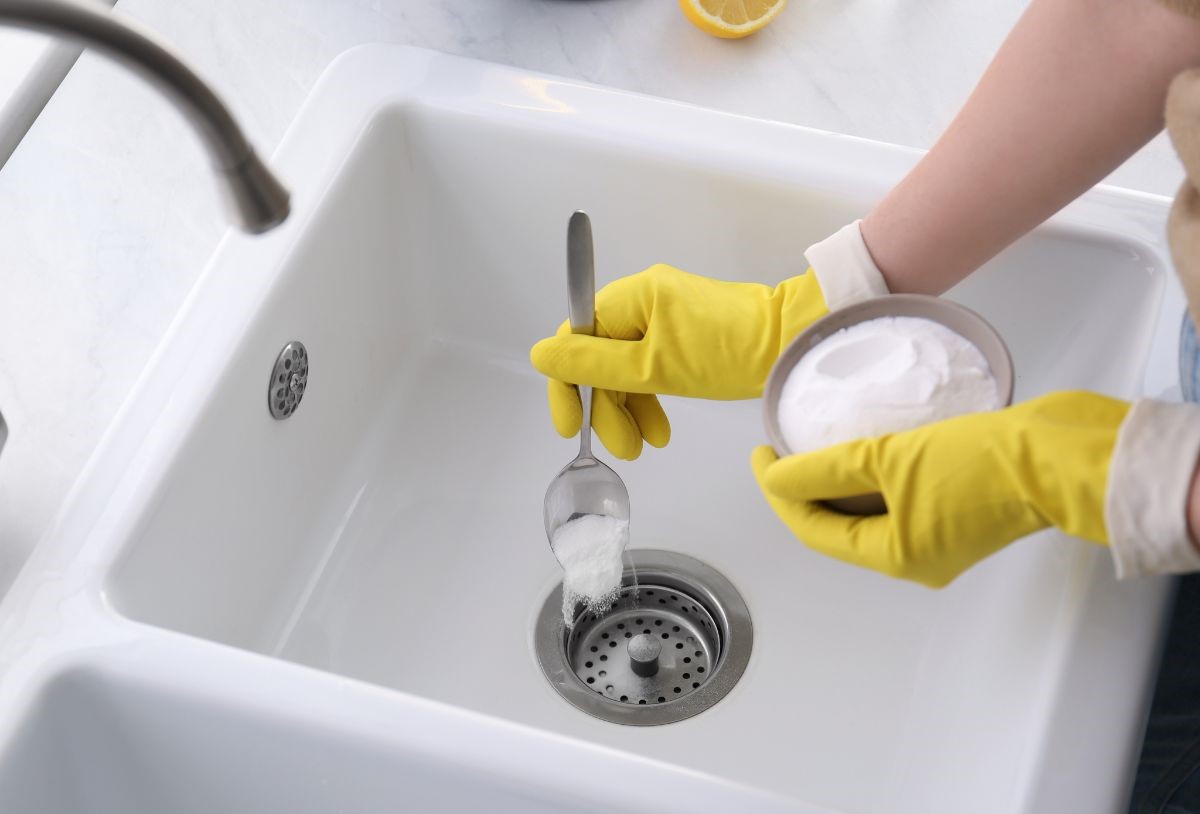


0 thoughts on “How To Get Rid Of Fireplace Smell In House”